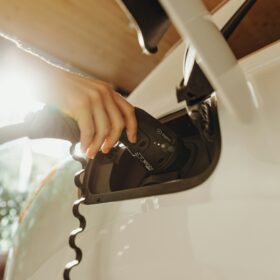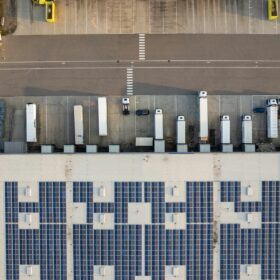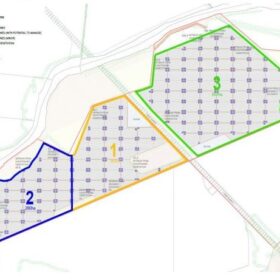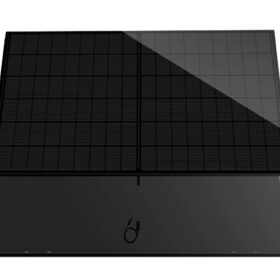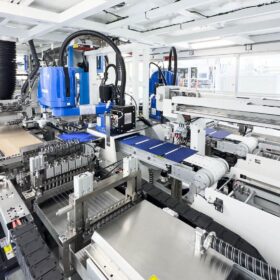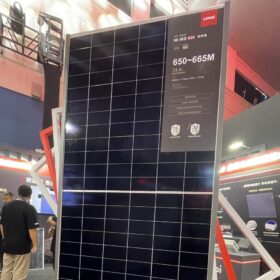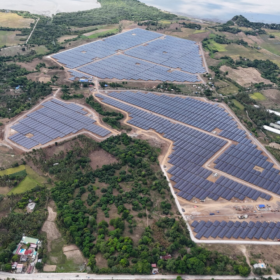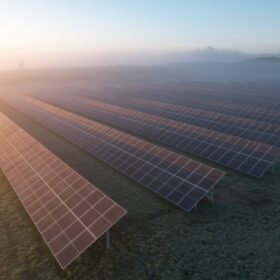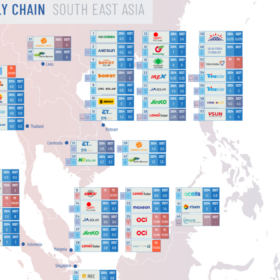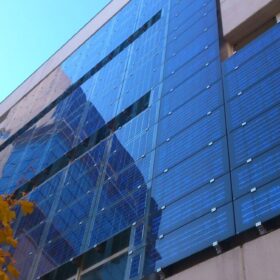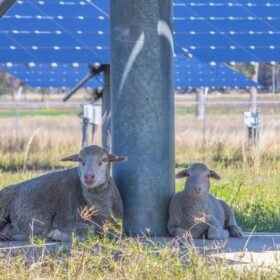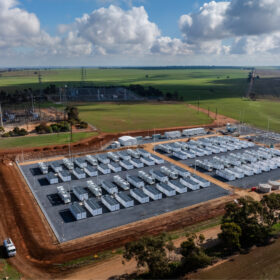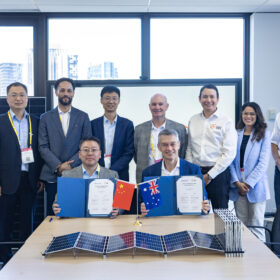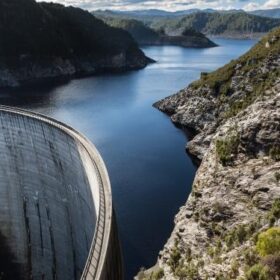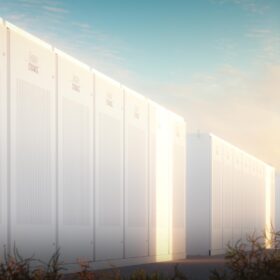Breakthrough EV battery testing improves stability and performance
South Korean Advanced Institute of Science and Technology has developed technology for the precise diagnosis of electric vehicle batteries using small currents that can improve the stability and performance of high-capacity batteries.
Rooftop solar drives up ambient temperatures in urban centres: study
A University of New South Wales, Sydney study, in collaboration with the University of Calcutta, India, has found urban rooftop solar installations can raise daytime temperatures in a given area by up to 1.9 degrees, and lower them at night by up to 0.8 degrees.
North Queensland council provides approval for 1 GW multi-stage solar farm
Renewable energy developer Cambridge JMD Australia has received council planning approval to build its first Australian project, a multi-staged solar farm of more than 1 GW in north Queensland.
Gstar introduces 440 W TOPCon solar module with framless design
The Singapore-based manufacturer said its new panel can achieve self-cleaning through rainwater thanks to its frameless design. The new product features an operating temperature coefficient of -0.30% per C and an efficiency ranging from 21.51% to 22.53%.
SunDrive teams with Trina on solar tech development
Solar cell technology innovator SunDrive Solar will join forces with Chinese PV manufacturing giant Trinasolar to develop “cutting-edge” manufacturing facilities and bring Australian-made solar panels to market at scale.
Longi introduces 665 W HPBC photovoltaic modules
The Chinese PV manufacturer said its new module series has a power conversion efficiency of up to 24.8% and temperature coefficient is -0.26% per C.
NRE presses go on 145 MW Philippines project
Nexif Ratch Energy, a renewable energy-focused platform in Southeast Asia and Australia, has reached financial close on the 145 MWp solar farm being developed in the Philippines.
Trinasolar develops agrivoltaic site with Kiwi clean energy solutions companies
China-headquartered solar and energy storage solutions company Trinasolar is developing a dual-use site with New Zealand-based engineering, procurement and construction company Kiwi Solar and commercial solar solutions company Trilect.
Sinovoltaics tracks 78.8 GW solar module capacity in Southeast Asia
The latest supply chain map from Sinovoltaics tracks growth across Southeast Asia, with module capacity reaching 78.8 GW, and 58 production projects tracked.
Building-integrated PV system integrates PCM on sides
Scientists have designed a new building-integrated PV system that uses 30 mm of phase change material on each side of the wall. The array reportedly achieved superior thermoelectric coupling performance compared to reference BIPV systems without PCM.
